Introduction
Use this guide to replace or upgrade Apple's proprietary blade SSD (NVMe/PCIe x4) in a 21.5" Retina 4K Late 2015 iMac equipped with an SSD (Fusion Drive or blade SSD configurations).
The SSD is located on the back side of the logic board, requiring logic board removal for access.
All iMacs also come with a traditional hard drive, which you can replace by following this guide instead.
Tools
Parts
-
-
Before beginning any work on your iMac: Unplug the computer and press and hold the power button for ten seconds to discharge the power supply's capacitors.
-
-
-
Starting on the left of the display, near the power button, insert the iMac Opening Tool into the gap between the glass panel and the rear enclosure.
-
-
-
Use the tool like a pizza cutter—roll it along through the gap, and it will cut the foam adhesive through the center.
-
Run the tool up along the left side of the display.
-
-
-
Starting from the top right corner of the iMac, wedge a plastic card between the display and frame.
-
-
-
Gently twist the plastic card sideways to create a gap between the display and frame.
-
Move slowly and be careful not to stress the display glass too much—you only need to make a gap of about 1/4".
-
-
-
Slide the card toward the center of the display to cut any of the remaining adhesive along the top right corner of the iMac.
-
-
-
Wedge the plastic card into the top right corner once again, and leave it there to prevent the adhesive from resticking.
-
-
-
Insert a second plastic card into the gap between the display and frame near the top left corner of the iMac.
-
-
-
With both plastic cards inserted as shown near the corners, gently twist the cards sideways to increase the gap between display and case.
-
Begin to lift the top of the display up from the frame.
-
-
-
Hold the display with one hand while using your other hand to unplug the display power cable.
-
-
-
Continuing to support the display with one hand, flip up the metal retaining bracket on the display data cable.
-
Carefully pull the display data cable from its socket on the logic board.
-
-
-
Grasp the small tab at the end of one of the bottom edge display adhesive strips and pull the adhesive toward the top of the iMac to remove it.
-
Repeat this step with the other adhesive strip and remove it.
-
-
-
Lift the display up from the frame and remove it from the iMac.
-
It may be necessary to slowly lift from one side to peel against the remaining adhesive.
-
-
-
Remove the following five Phillips screws holding the lower support bracket in place:
-
Four 3.2 mm screws
-
One 1.7 mm screw
-
-
-
Gently pull the right speaker cable connector straight down and out of its socket on the logic board.
-
-
-
Insert the tip of a spudger between the right speaker and the antenna cable, running it down the right side of the speaker to de-route the cable from its channel.
-
-
-
Tip the right speaker forward out of the rear enclosure, about 1 cm.
-
Pull the speaker straight up and remove it from the iMac.
-
-
-
Remove the following T10 Torx screws securing the hard drive brackets to the iMac:
-
Two 21 mm screws
-
One 9 mm screw
-
One 27 mm screw
-
-
-
Use the tip of a spudger to push each side of the power button cable connector and gently walk it out of its socket.
-
-
-
Use the tip of a spudger to push each side of the power supply control cable connector and gently walk it out of its socket.
-
-
-
Pull the power supply slightly up and out from the rear enclosure.
-
Rotate the power supply counterclockwise, lifting the right side up about an inch higher than the left.
-
-
-
Squeeze the tab on the back side of the DC power cable connector and pull it straight out of its socket on the back of the logic board.
-
-
-
Use the flat end of a spudger to press the clip on the side of the AC inlet cable connector inward.
-
While pressing on the release clip with the spudger, grasp the AC inlet cable, and pull the connector straight out of its socket.
-
-
-
Lift the hard drive from the edge nearest the logic board and pull it slightly out of its recess.
-
-
-
De-route the left speaker cable by pulling it straight up out of the retaining clip in the back of the rear enclosure.
-
-
-
Similarly to the previous step, de-route the SATA and power cables by pulling the braid straight up out of the retaining clip.
-
-
-
Peel up the piece of tape connecting the left speaker connector to the SATA power and data cables.
-
-
-
Flip up the metal retaining bracket on the FaceTime camera cable connector.
-
Pull the FaceTime camera cable straight out of its socket on the logic board.
-
-
-
Remove the two 4.0 mm T5 Torx screws securing the four antenna connectors to the AirPort/Bluetooth card.
-
-
-
Disconnect all four antenna connectors by prying them straight up from their sockets on the AirPort/Bluetooth card.
-
-
-
Use the flat edge of a spudger to pry the headphone jack cable connector from its socket on the logic board.
-
-
-
Remove the following T8 Torx screws securing the exhaust duct to the rear enclosure:
-
Two 6.2 mm screws
-
Two 4.7 mm screws
-
-
-
You can use a USB flash drive and/or ethernet cable to ensure the logic board is seated correctly while you screw it in.
-
-
-
Slightly lift the rightmost side of the SSD and firmly slide it straight out of its socket on the logic board.
-
To reassemble your device, follow these instructions in reverse order.
11 comments
could this work for imac 2019 4k?
Refer to this great guide: The Ultimate Guide to Apple’s Proprietary SSDs
Dan -
Is it possible to put a blade SSD on the iMac that has 1 TB HDD (no fusion drive)?
many83 -
Yes! Both 1 TB and 2TB drives are possible
Custom Apple Samsung SSPOLARIS 1 or 2 TB NVMe SSD or OWC Aura Pro X2 1 or 2TB NVMe SSD
Dan -
But on other sites write that motherboards do not have a connector if the version is without fusion drive.
Well… It’s complicated! Apple originally had two different logic boards one with and one without the blade connector! So 21.5” Fusion Drive and Blade SSD only bought systems had the connector and the needed support logic (Apple was squeezing every penny out of us!) later, Apple stopped and just produced one logic board! So the given series you have may have the blade connector
To add to this many people assumed Apple continued the two boards when in fact they stopped, and Apple never offered clarity as why would they! They want to sell you another system, not let you enhance yours.
Dan -
Can imac with 2TB fusion drive be replaced with 512GB NVME SSD?
A Fusion Drive is really two drives! A SATA HDD and the PCIe blade SSD using both I/O ports your system offers.
So… You’ll need to break the fusion drive set and then you can replace the impish cache SSD to the 512 GB PCIe/NVMe blade SSD! Either a real Apple or OWC SSD designed for your system.
Here, you’ll want the SSD to be your boot drive with your OS & Apps (leaving 1/3 to 1/4 free for the OS & Apps to leverage for caching, Virtual RAM & scratch space) and your current HDD as the data drive.
Dan -












































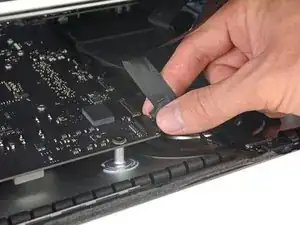
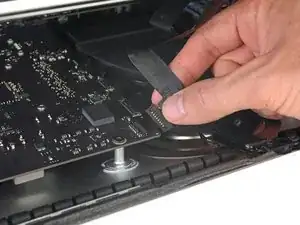
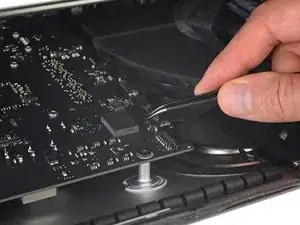
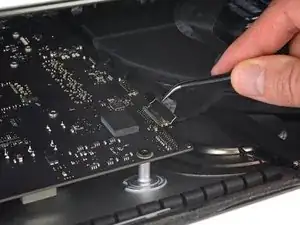
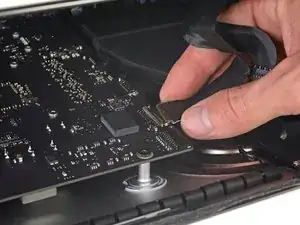
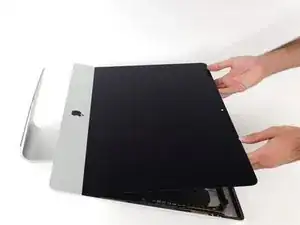
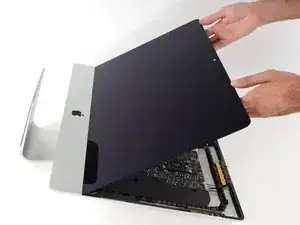
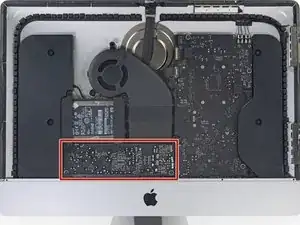
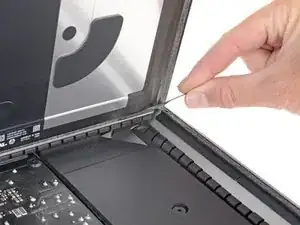
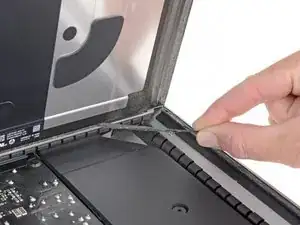
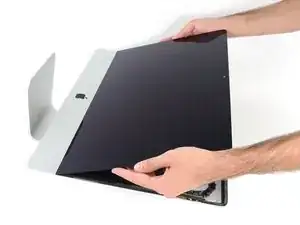
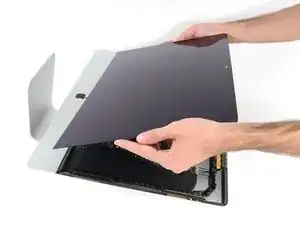
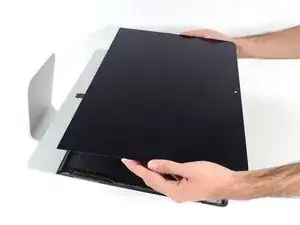



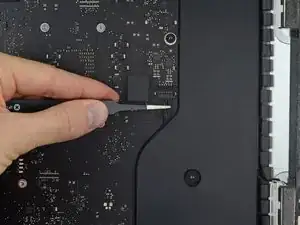
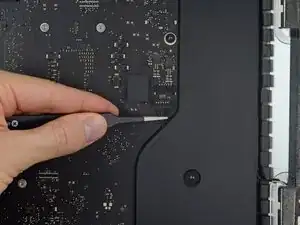
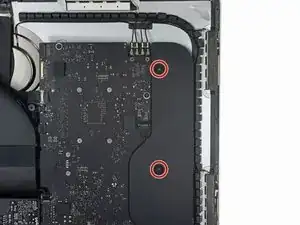
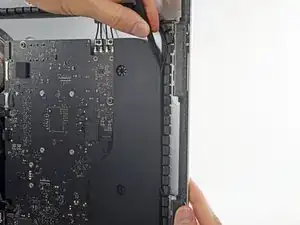
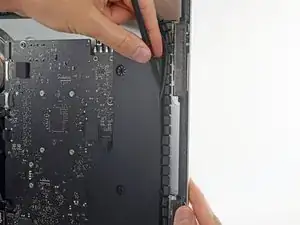
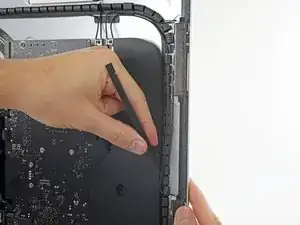
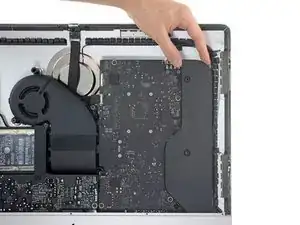
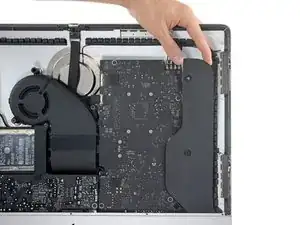
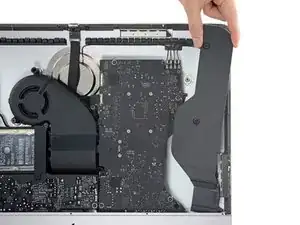
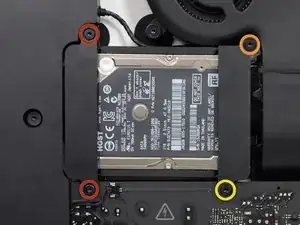
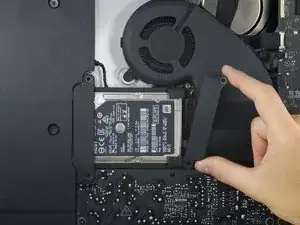
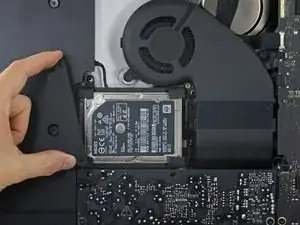
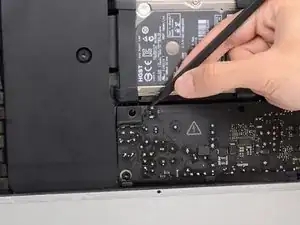
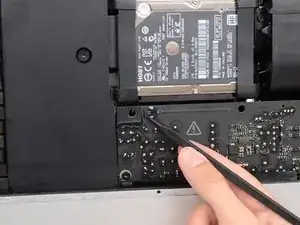
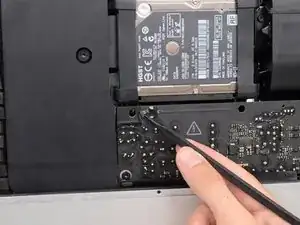
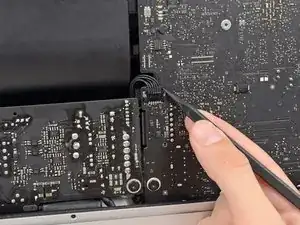
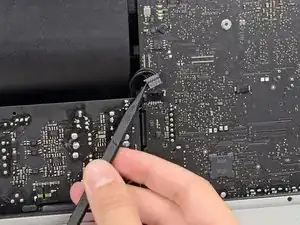
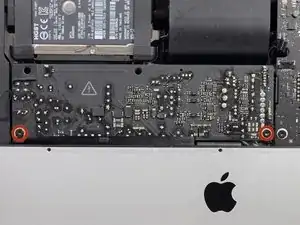
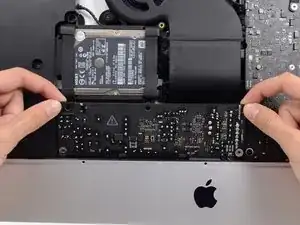
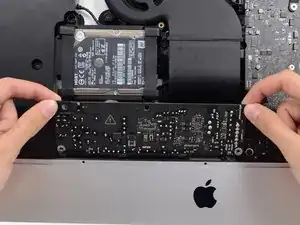
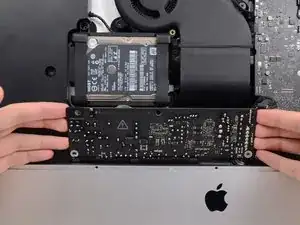
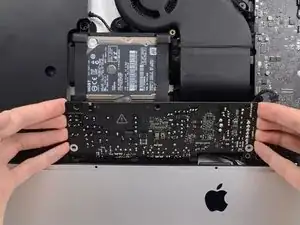
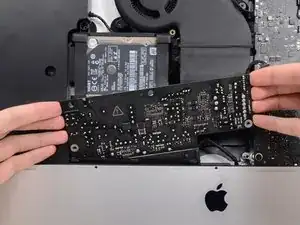
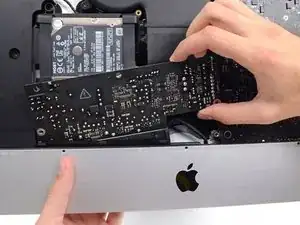
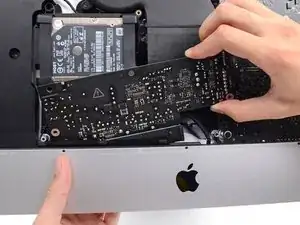
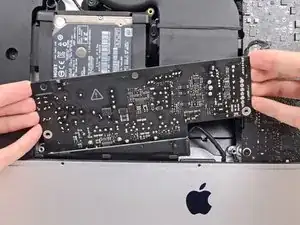
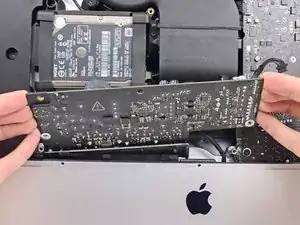
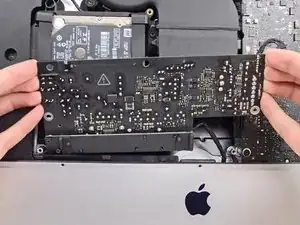
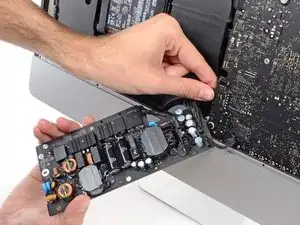
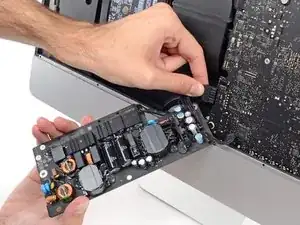
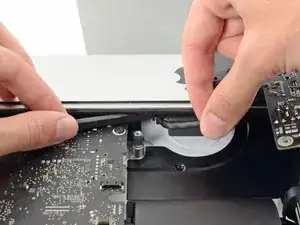
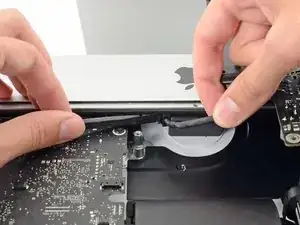
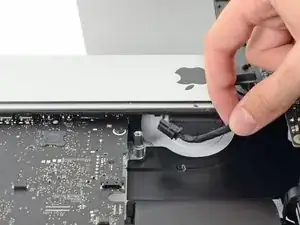
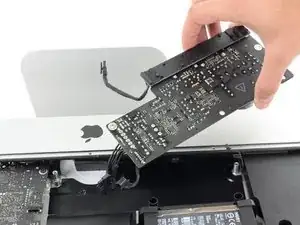
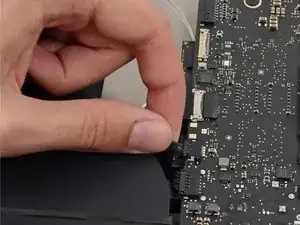
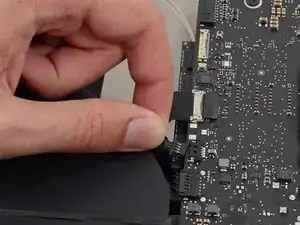
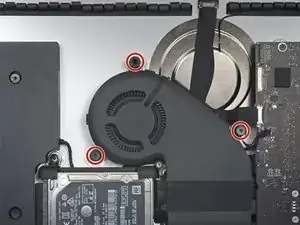
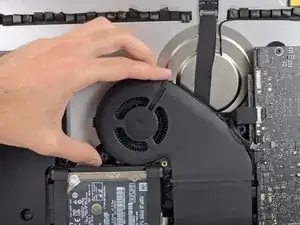
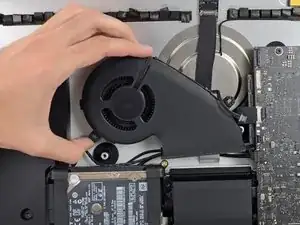
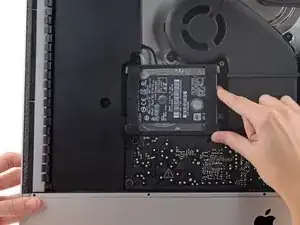
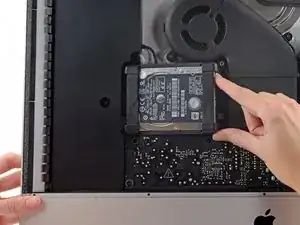
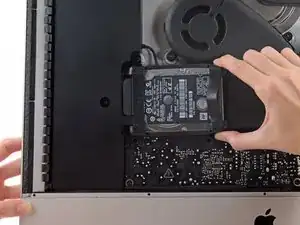
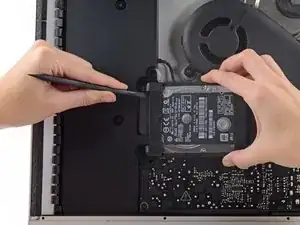
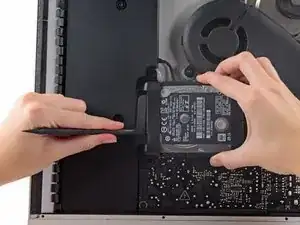
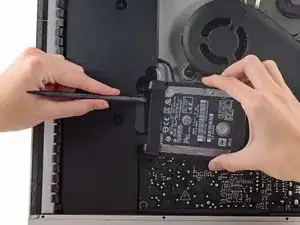
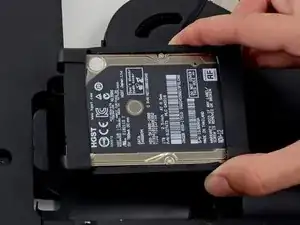
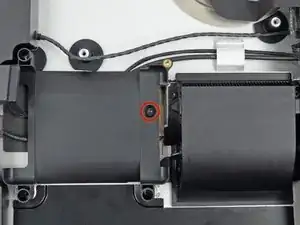
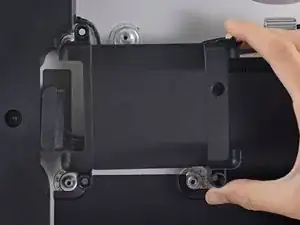
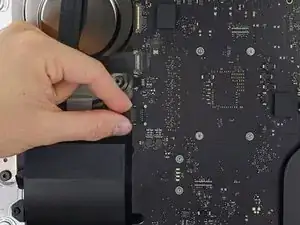
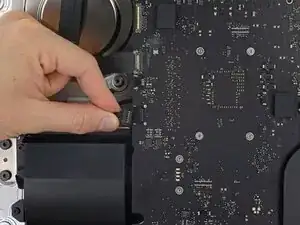
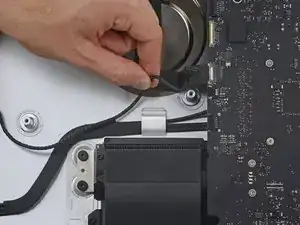
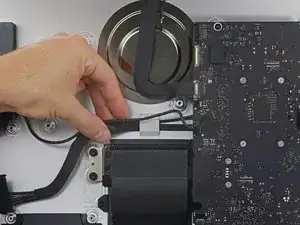
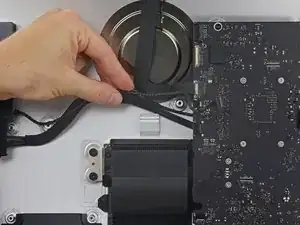
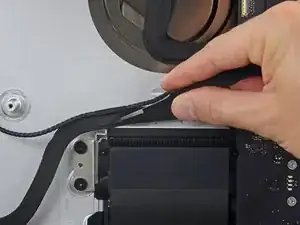
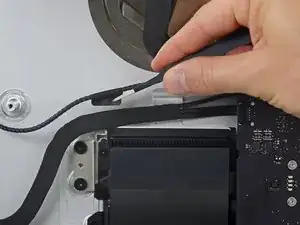
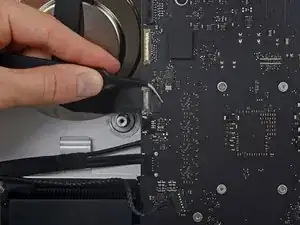
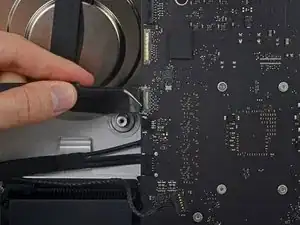
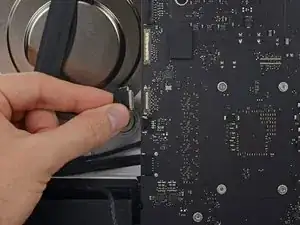
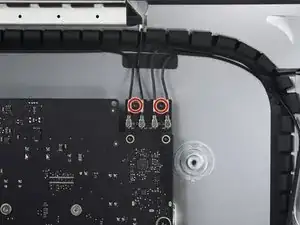
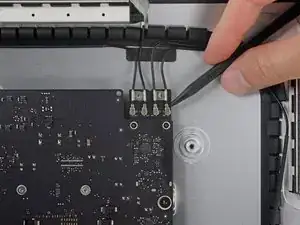
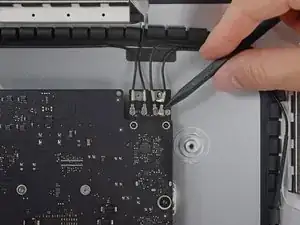
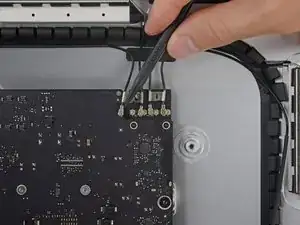
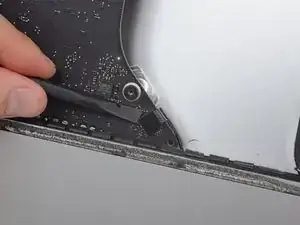
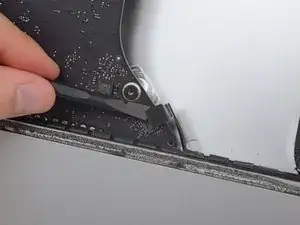
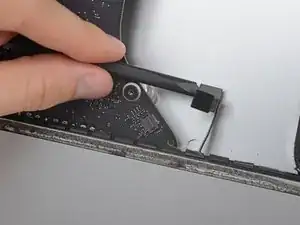
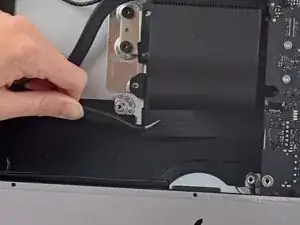
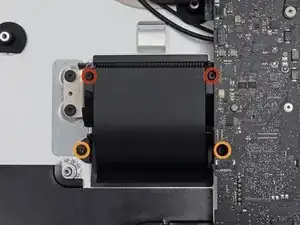
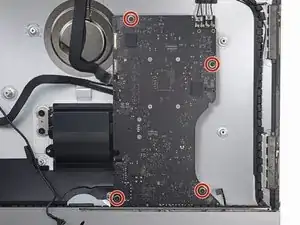
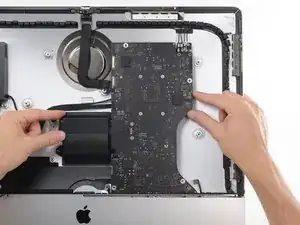
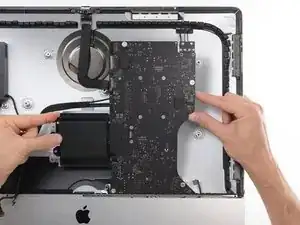
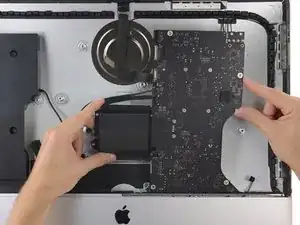
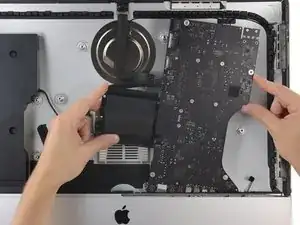
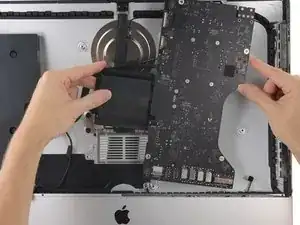
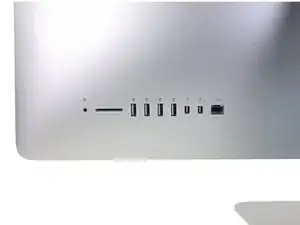
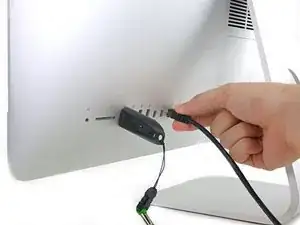
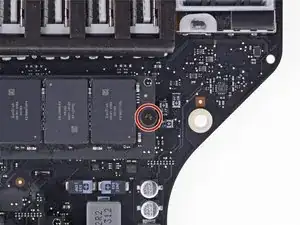
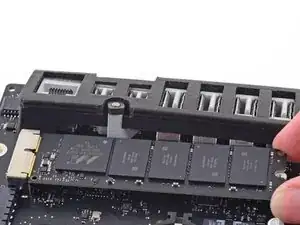
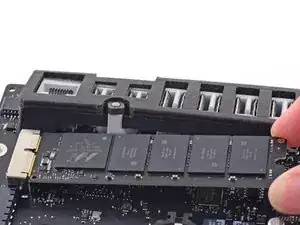
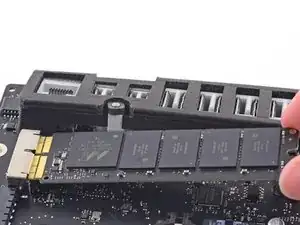

The wedge is an extremely tight fit for this model. I was worried that the amount of force needed to use it as shown might damage the stand, so I used it with the long side down instead. It worked fine that way and didn’t need anywhere near as much force to insert.
roberttrevellyan -